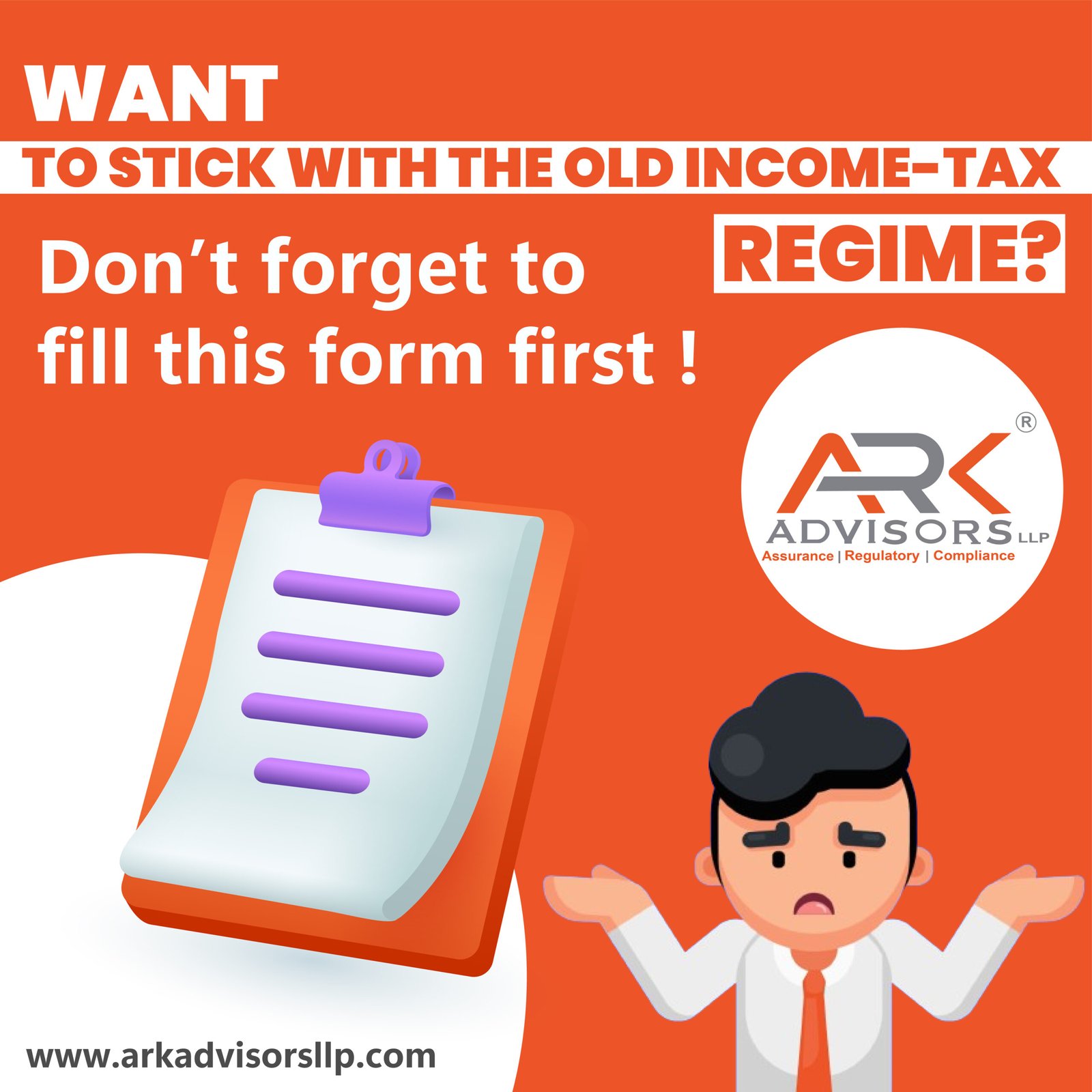If you’ve crunched the numbers and determined that the old income-tax regime suits your financial situation better in terms of yearly investments and expenses, you’ll need to take an extra step to keep enjoying its benefits. The Income Tax Department recently unveiled the tax return forms for individuals, which default to the new tax regime for the assessment year 2024-25. 📊
However, if you prefer the old regime, you’ll have to fill out a new form: Form 10-IEA. This form is necessary to “opt out” of the new tax regime; otherwise, your tax computation will follow the new rules. It’s essential to submit this form before the tax filing deadline (usually July 31) to ensure you’re considered under the old regime. Missing this deadline could mean you’re stuck with the new regime for that assessment year. ⏰
The Form 10-IEA requires details like your PAN, tax status, and any tax benefits claimed for the International Financial Services Centre (IFSC). You’ll also need to provide your history of switching between the two regimes. Remember, if you miss the July 31 deadline and later realize the old regime would have been more beneficial, you won’t be able to switch back. ❌
Switching back to the old regime may be crucial for those aiming to claim deductions and exemptions not available under the new regime, such as Section 80C, Section 80D for medical insurance, home loan deductions, education expenses, house rent allowance, and leave travel allowance. 💼
While confusion persists about whether Form 10-IEA is mandatory for everyone, it’s clear that individuals with business or professional income, filing under ITR-4, must submit this form to opt out of the new tax regime. 📝
In summary, if you find the old income-tax regime more advantageous for your finances, ensure you submit Form 10-IEA before the deadline to switch back and claim the deductions and exemptions you need.





